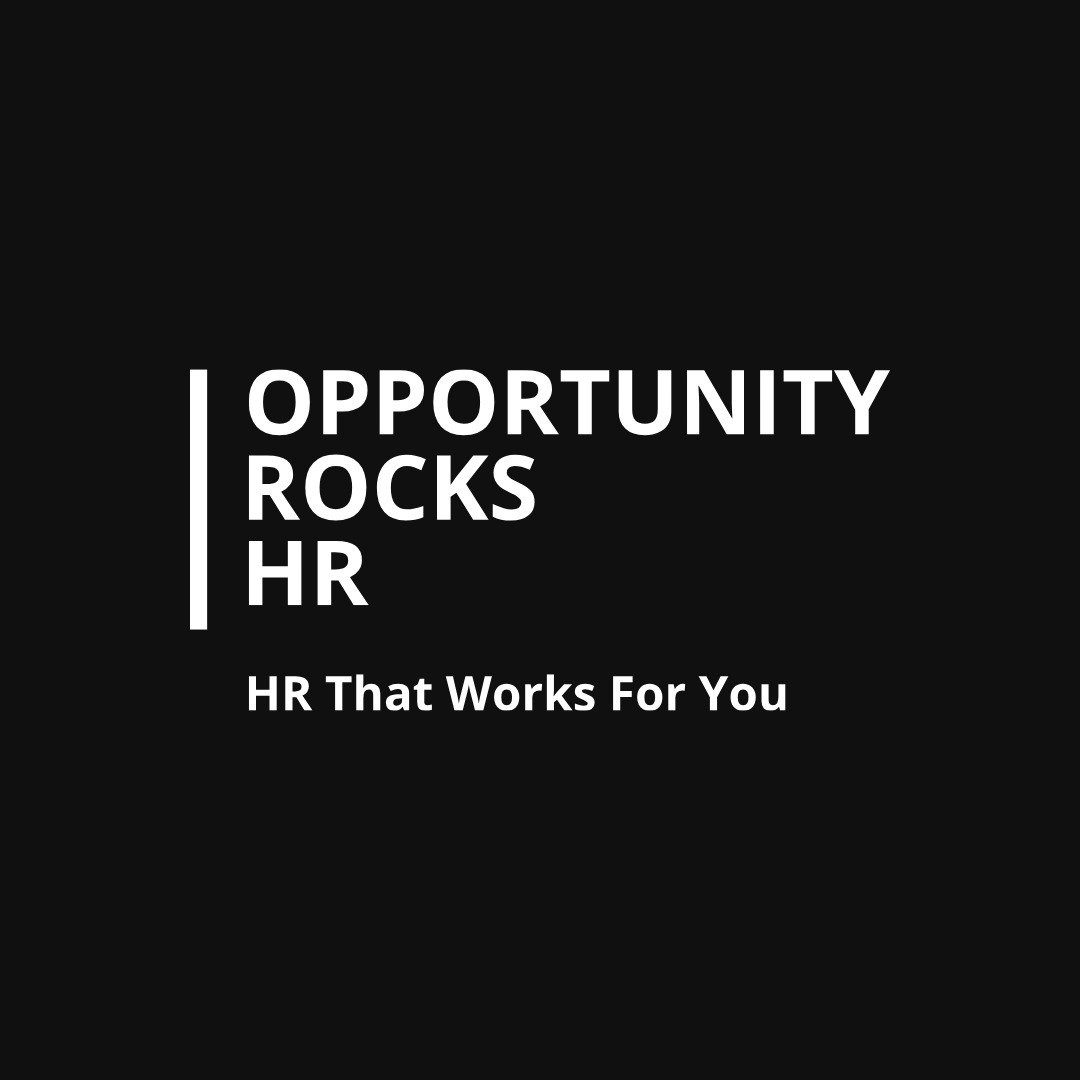Rethinking Hybrid Work, From Flexibility to Purpose
- Opportunity Rocks HR

- Oct 20
- 3 min read

As 2025 draws to a close, hybrid and remote work remain among the most defining shifts in employment. What began as a crisis response has evolved into a core business strategy that continues to influence how employers attract, engage and retain talent.
After a period of over-hiring and correction, the market has shifted back toward employers. Yet flexibility still plays a crucial role in recruitment and retention. The real question is no longer whether hybrid should continue, but how to structure it in a way that truly works for both people and performance.
The New Balance of Flexibility
Hybrid and remote models have expanded the recruitment landscape by removing geographical barriers and allowing employers to reach skilled people who were once beyond commuting distance. This flexibility also supports wellbeing and work-life balance, two of the biggest drivers of retention today.
Current data shows that around 14 per cent of UK employees work fully remotely and 22 per cent work in hybrid arrangements, while most others experience some level of flexibility. For employers, this means hybrid working is no longer an optional perk but a practical way to balance productivity, personal wellbeing and operational efficiency.
When designed well, hybrid models reduce attrition, strengthen engagement and enhance inclusion. Studies continue to show a strong link between flexibility, employee satisfaction and commercial performance, outcomes that directly affect retention, productivity and cost efficiency.
From Location to Purpose
While hybrid working remains dominant, patterns are changing. Most hybrid roles now expect two to three office days per week, up from one or two days a few years ago. The emphasis is shifting from location to purpose, a move toward being in the office for meaningful collaboration rather than attendance for its own sake.
At Opportunity Rocks HR, we see this as a positive evolution. Hybrid working should be structured around what needs to be achieved, not simply where people sit. The office becomes a hub for collaboration, innovation and shared learning, experiences that build culture and strengthen teams.
Remote working, in contrast, should enable deeper individual focus, reflection and delivery. When this balance is intentional, hybrid work supports both cognitive performance and cultural connection.
Designing Hybrid Work with Intention
Rather than treating hybrid as a policy, forward-thinking employers are viewing it as design work, mapping roles, tasks and team dynamics to decide what belongs where. This approach creates clarity, fairness and a shared understanding of how work gets done.
It also ensures that office time is purposeful, reinforcing culture and collaboration without sacrificing flexibility. The most successful models are those that define why people come together, not just how often.
A Thought to Close
Hybrid work is not a trend to be managed; it is a lasting evolution in how work operates. The challenge for leaders is to create structures that sustain wellbeing, trust and performance while keeping the business commercially strong.
As organisations refine their models for 2026 and beyond, the most resilient will be those that design hybrid intentionally, balancing autonomy with connection, flexibility with accountability, and purpose with productivity.
If you would like to review how your current hybrid model supports performance, wellbeing and commercial outcomes, Opportunity Rocks HR can help you evaluate and refine your approach through practical, evidence-led advice.
For evidence-led advice on designing hybrid models that work, contact hello@opportunityrockshr.co.uk.




Comments